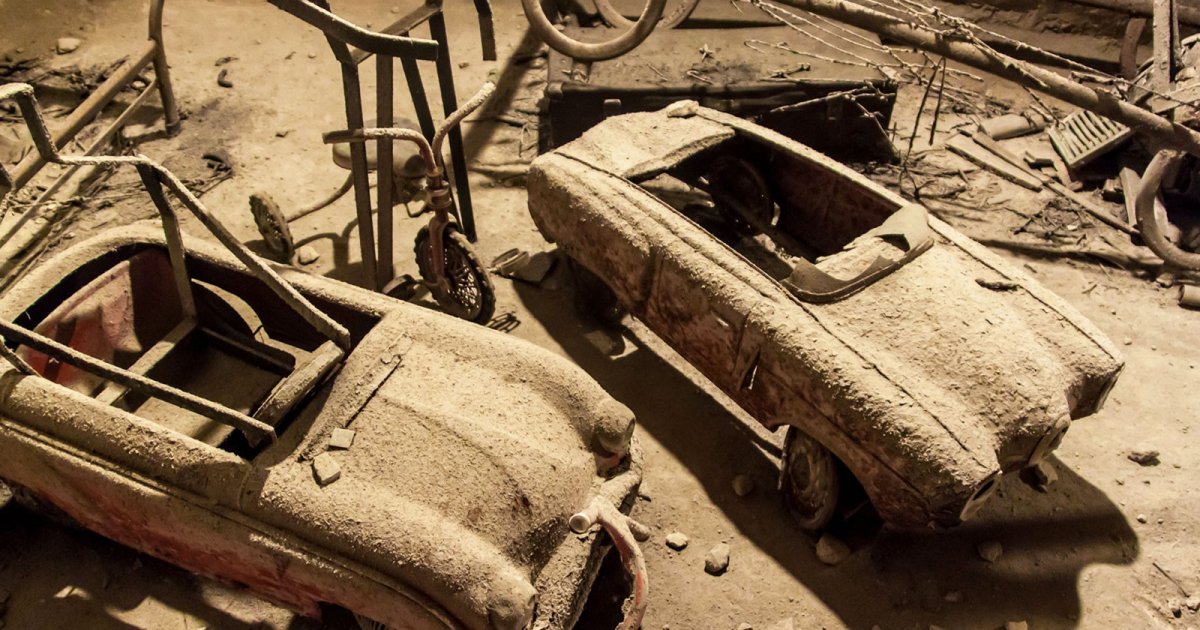UNDERGROUND NAPLES, Introduction
 Language: English / USA
Language: English / USA
Hi, I'm James, your personal guide. Together with MyWoWo, I'd like to welcome you to one of the wonders of the world.
Today I'll accompany you through the Underground of Naples, a mine of surprises that is right under your feet!
I'd like to invite you on a group tour that takes place with the assistance of the guides of the Naples Underground Association, which for many years has been committed to rediscovering the treasures hidden in the city's incredible underground that extends for about one million square meters! The tour takes about two hours, and can be booked at the association's headquarters in the central Piazza San Gaetano. Make sure you wear comfortable shoes!
You should know that the entire city of Naples is built over chasms, ravines, cisterns, deposits, cemeteries, and tunnels. This is mostly due to the nature of the terrain, which is full of differences in height that the architectural and human events of the city have also stratified in its 2500 years of history.
As you know, the entire area that extends from the Phlegraean Fields to Mount Vesuvius, including the Gulf of Naples and the islands of Procida and Ischia, is volcanic. A typical phenomenon of this area is Bradyseism, which causes the earth's crust to periodically rise and lower, as if it were breathing.
In Naples, the natural and artificial chasms that are just below the road surface are of course a danger to the buildings' stability, but also a resource: they proved to be useful for the construction of subway tunnels, and during World War II they were used as shelters.
In this city counting down time, you'll be impressed above all by the mysterious silence that contrasts the noisy surface. The most easy to navigate parts are found mainly at Via dei Tribunali, which corresponds to the ancient main street of the Roman city. You will descend to 40 meters below sea level to discover the remains of the Greek-Roman aqueduct and the seventeenth-century hydraulic canalization, but you will also see the foundations of the Roman theater, the traces of ancient cemeteries, and the tuff quarries used for the construction of the Greek city of "Neapolis", which in Greek meant "new city".
FUN FACT: the underground of Naples has a cave called "degli Sportiglioni", which means bats, which served as an ossuary during the terrible plague epidemic of 1565.



